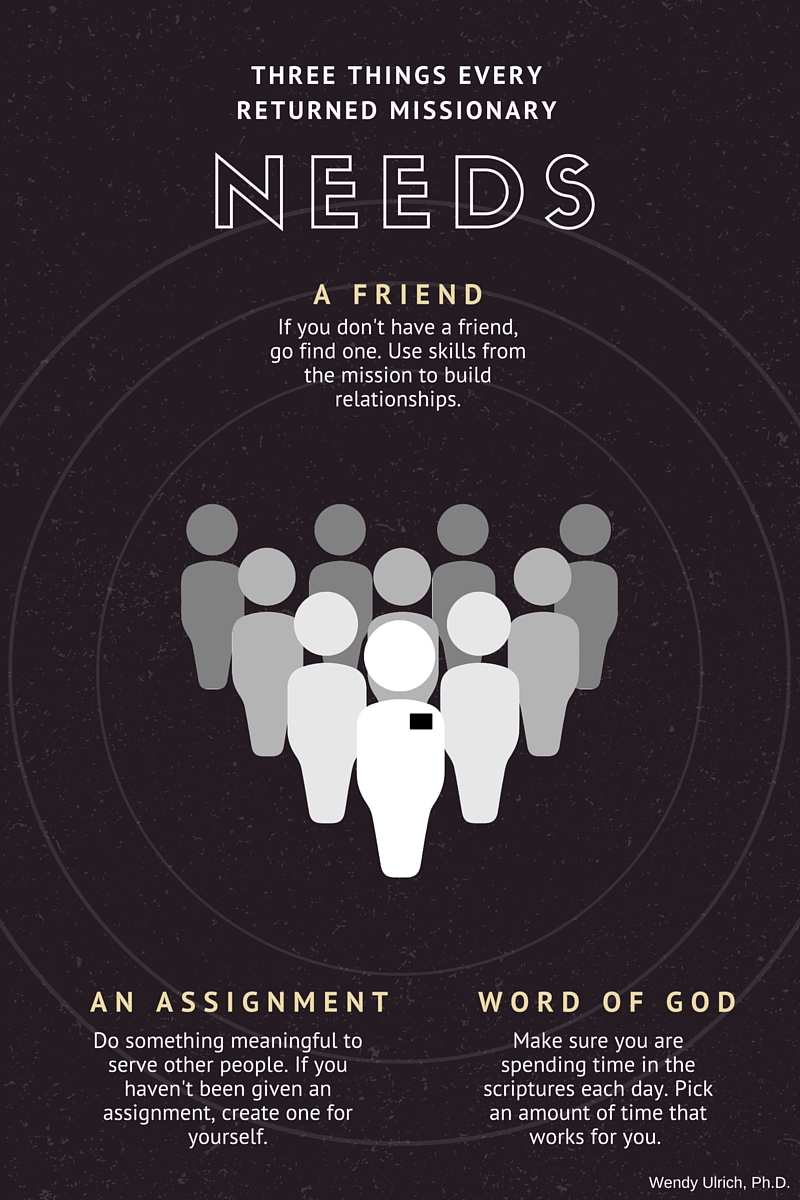Meet Kaitee Hall. This mini-documentary follows one month of her life. For the past 18 months, Kaitee has served as a full-time missionary for The Church of Jesus Christ of Latter-day Saints in Bolivia. Now back on American soil, Kaitee must learn to live a life that is far different from the one she lived as a missionary.
For 18 months or two years, an LDS missionary lives a life completely separate and vastly different from the one they lived before. They write emails once a week. They speak to loved ones on the phone or through video chat only on Mother’s Day and Christmas. They wake up at 6:30 a.m., spend the day teaching every person they meet about Jesus Christ and go to bed at 10:30 p.m. Wake up. Teach. Sleep. Repeat. Until one day, they go home.
Coming home from full-time missionary service can be a difficult transition. LDS returned missionaries, or “RMs,” must learn to transition from a life dedicated to God to a life of work, school and personal relationships. With 74,000 missionaries serving around the world, there is a growing need to provide support and guidance to RMs once they return home.
A challenging transition
RMs returning home must suddenly learn how to live life in a world teeming with social media, pop culture and lifestyles that couldn’t be further from strict mission rules. They come back a changed person, oftentimes to a life that, comparatively, hasn’t really changed.
“It’s like ‘The Lion, the Witch, and the Wardrobe,'” said Emily Christensen, a RM from the Texas San Antonio mission. “In the book, the children go to Narnia and have these amazing experiences. They grow into these powerful, capable adults, and then they come back through the wardrobe. To everyone around them they are still children, and there’s no way for them to explain what they’ve experienced in a way that people who haven’t experienced it can understand.”
Why is it so difficult?
Andrew Scot Proctor has spent the last four years examining how to best help missionaries once they’ve returned home. His book, “Live Your Mission,” offers guidance to RMs.
Proctor believes one reason the transition after the mission is so difficult is that missionaries misunderstand the difference between their role and their identity.
“They think that their identity is ‘missionary’ and that’s who they are, but really that was their role,” Proctor said. “Their identity has stayed the same before the mission, during the mission and after the mission.”
RMs also tend to experience feelings of guilt as they try to get back to normal life. Wendy Ulrich, a licensed psychologist and wife of a former mission president, believes this guilt tends to spring from two sources.
“Some missionaries have been exposed to a lot of poverty and then come home to affluence and feel like, ‘Wow, I don’t have the right to complain about anything again as long as I live,'” Ulrich said.
RMs can also begin to feel guilty when they focus on themselves instead of on other people.
“They feel like they’re being selfish,” Ulrich continued. “They spend a year and a half or two years just focused on other people, and then they come home and have to focus on themselves.”
As young adults, RMs face many important decisions like where to work, where to go to school, what to study and whom to date.
“God does expect us to get on with our lives, and there are lots of decision that need to be made. That’s not necessarily selfish,” Ulrich said.
Providing help
The LDS Church has announced a new online resource to facilitate missionaries’ transitions to life after the mission. The course, called “My Plan,” includes eight learning experiences completed at different stages of a missionary’s service, six of which occur during the last six weeks in the mission field.
The church’s website states, “Throughout their service, missionaries will use ‘My Plan’ to set and achieve goals and consider how a mission can become a spiritual foundation for a righteous, successful life.”
Mason Price, an RM from the Arizona Mesa Mission, was part of the first group of missionaries to use “My Plan.”
“It was awesome,” Price said. “‘My Plan‘ helped me figure out what I was going to be doing spiritually, financially, and what my goals were when I came home. There wasn’t any kind of figuring out of personal and spiritual things because I had already made a plan and had it as a reference to go back over and know what I needed to do.”
In addition to the church’s official resources, groups like BYU Women’s Services & Resources are reaching out to help RMs transition. The group hosts monthly workshops to help RMs address the emotional, academic, practical and spiritual aspects of returning home.
“We try to help returned missionaries understand that their mission is a springboard for the rest of their life,” said BYU Women’s Services & Resources Director Tiffany Turley. “On their mission, these individuals learned all these wonderful skills and gained abilities that are going to allow them to move forward as students and employees, as spouses and as parents.”
At a recent workshop, popular blogger and returned missionary Bella Baker encouraged RMs to continue progressing.
“Life goes back to normal; not you,” Baker said. “We don’t backtrack. We’re going to move forward. The true success of your mission is who you are two years later.”
Nate Teichert participated in Baker’s workshop. He’s been home from his mission in Panama for several months.
“You go from something really constant with a lot of structure to a time in life where you can do whatever you want,” Teichert said. “Coming here was really helpful because I got to hear other people’s ideas of how to apply the things from the mission here at home.”
Looking forward
The transition home from a mission will always be a unique time in an RMs life, but with new programs and increased dialogue, experts like Proctor believe the process can be made easier.
“We can help these individuals who have served missions to flourish,” Proctor said. “It’s all a matter of helping them understand that if they are moving forward and closer to God, they are on the right track.”




